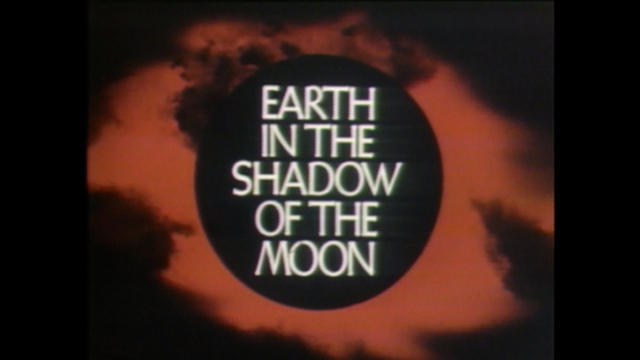
Science
On March 7, 1970, millions across North America were able to catch a glimpse of a total solar eclipse. Charles Kuralt anchored CBS News' special report "Earth in the Shadow of the Moon."


On March 7, 1970, millions across North America were able to catch a glimpse of a total solar eclipse. Charles Kuralt anchored CBS News' special report "Earth in the Shadow of the Moon."
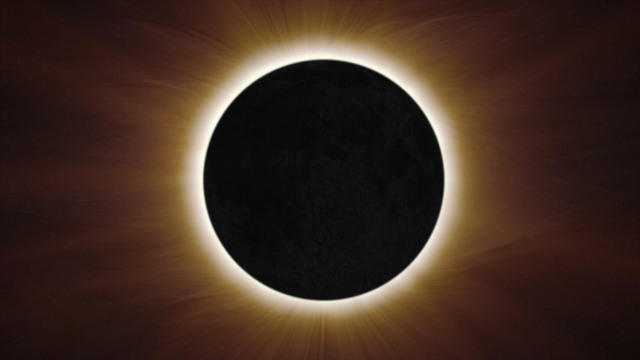
A total solar eclipse will cross a large section of the U.S. on April 8, and up to 4 million people are expected to travel to be in the “path of totality” for the rare event. It will pump an estimated $1 billion into local economies.
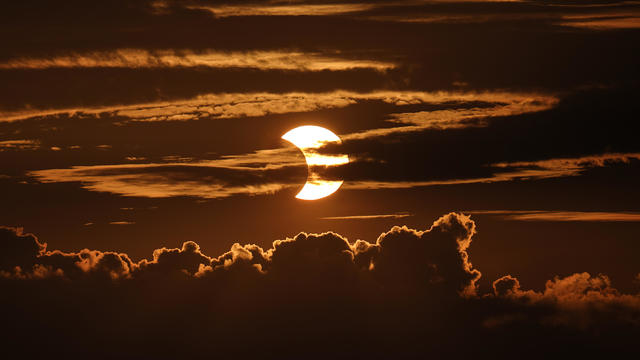
The total solar eclipse will be visible along a 2,500-mile path. Meteorologists are closely monitoring the latest models, but historical data suggests those hoping to view the corona and see a fully darkened midday sky may find themselves dodging clouds due to April weather patterns.

Scientists have prescribed practical steps to heal our warming planet, including returning our towns back to a more natural state. CBS News correspondent Jonathan Vigliotti explains how taking steps to mitigate the effects of climate change can save us from the trauma of disasters brought about by extreme weather.

Researchers in London are developing an AI tool to sort dogs into 5 categories, in a bid to match pooches with their perfect owners.

The critically endangered dragons will likely be extinct in the next 20 years without conservation efforts, experts say.

Climate change means wine could soon have a higher alcohol content — but spoil faster and smell worse.
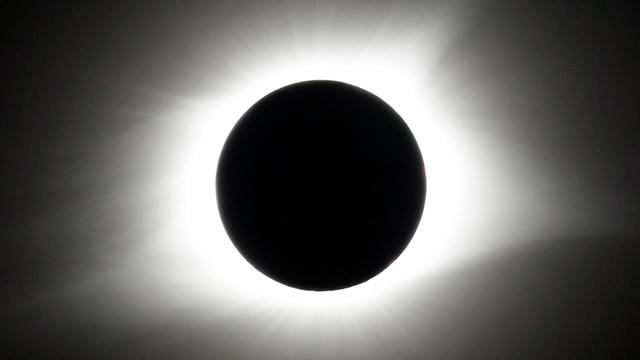
NASA has a warning for people who want to take a peek at next month's total solar eclipse. CBS News' Lilia Luciano has more.
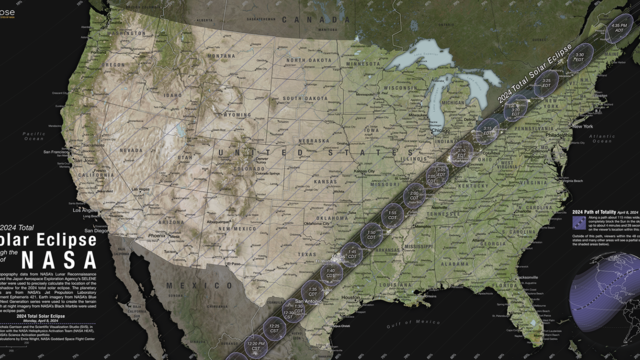
The solar eclipse will impact solar production in Texas between 12:10 p.m. and 3:10 p.m. CDT. But the power grids are expected to be reliable.

Making an annual trek to Washington, D.C., to see cherry blossoms in peak bloom? You may need to start packing your bags earlier.


Our website uses cookies to improve your experience. Learn more